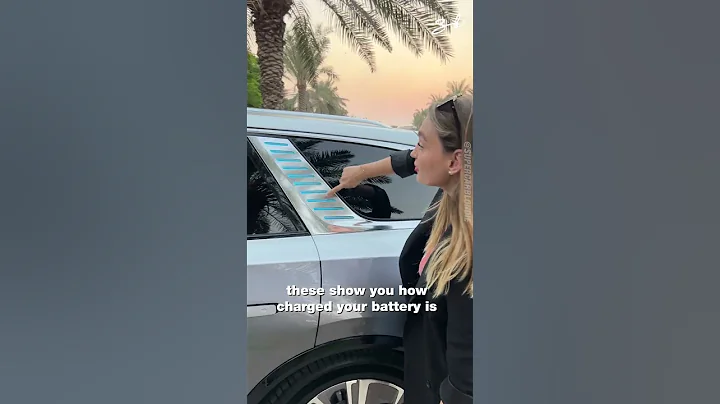At present, China's automobile lightweight road, is based on Germany , such as: increasing the use of aluminum alloys and related complex connection technologies, mainly self-punching riveting (SPR), adhesives, and flow drilling screws (FDS). Generally speaking, it includes but is not limited to the following types:
01. Laser laser welding
02.CMT cold metal transition arc welding
03.RSWA aluminum spot welding
04.SPR self-punching rivet
05.FDS flow drilling screw
06.TOX no riveting connection
07.EJOWELD friction plug riveting
08.Flexweld self-punching resistance welding component
09.ImpAcT high-speed injection Nail
10.Adhesive glue
11.FSW friction stir welding
12.FSSW friction stir spot welding
13. Pressure riveting and pulling
14.Arplas Aplas Welding
15.Abida SPAC self-punching rivet fastener
16.Carbon fiber connection technology-TSS and FDR
17.Other innovative connection technologies are being gradually added, to be continued!
However, we seem to rarely see Japanese cars promoting its lightweight technology route.
This may be due to the fact that Japanese cars pay more attention to cost-effectiveness and the use of new technologies of is more conservative .
This article will take a look at the perspective of Japanese car connection technology tube.
1. German enterprise strategy
Figure 1 is this German lightweight body material is displayed, based on the fifth generation golf as the prototype.
uses a lot of aluminum alloy, roof magnesium alloy , and rear floor carbon fiber material, making the body only 180 kg, which is 36% weight loss than the old model.
German companies mainly use mechanical bonding and adhesives due to multi-materialization.

Figure 1 German ultralight car body material Figure 1 German ultralight car body material
2. Japanese enterprise strategy: low-cost
Japanese enterprise car enterprise Consider Multi-material , and give priority to controlling the changes of existing production lines to the minimum range.
There are two reasons:
1. The traditional body and multi-material body are produced on the same production line mainly on steel plates;
2. It is also easy to promote to global production bases such as emerging countries.
rashly changes the body materials and processes, so the initial investment in equipment increases and rivets increases the cost.
technician said: I don’t want to follow European companies, but develop technologies that can be applied to mass-produced cars and surpass Europe.
01Mazda
Friction stir spot welding (as shown in Figure 2), using the stirring head with the tip protrusion to rotate and press down. Due to the friction heat, local fusion is caused, and different materials are point-joined.
This method consumes less energy (it consumes 20% lower energy than spot welding of steel plates) and has less initial investment (no large-scale purchase of power supply and welding equipment).

Figure 2 Mazda's friction stir spot welding connects aluminum alloy steel plate and carbon fiber material
02Ben Tian
Friction stir welding can also be wire bonded, that is, the stirring head can be rotated while moving the position.
Figure 3 is the bonding of aluminum alloy and steel plate wire, used for the front subframe of North American Accord , with a weight loss of 25%.

Figure 3 Honda friction stir welding
The above introduction and examples of Japanese car companies' lightweight connection technology can give some inspiration to current domestic cars: Don't fall into the trap of excessive pursuit of lightweight .
The ultimate goal of lightweight thinking: it is still to help sell cars and make profits, so should consider the cost and technology reliability .
Today's topic is all about sharing. If there are any inappropriate points, you are welcome to criticize and correct them.If you have any questions or suggestions, or if you need source files, or if you need to join the group to communicate, you can follow the WeChat official account of Screw Jun: GAF Screw Jun (GAF-luosijun)











